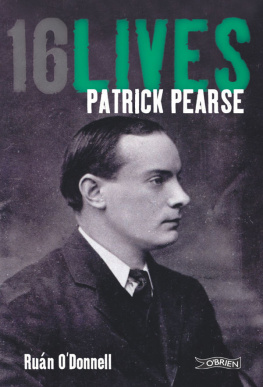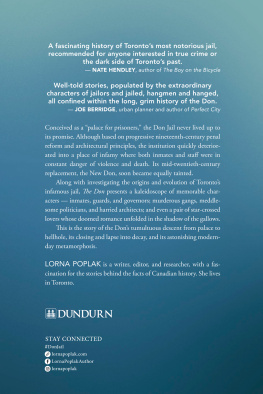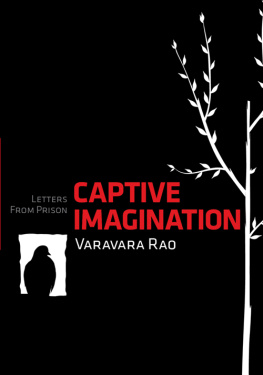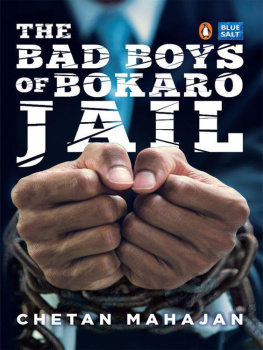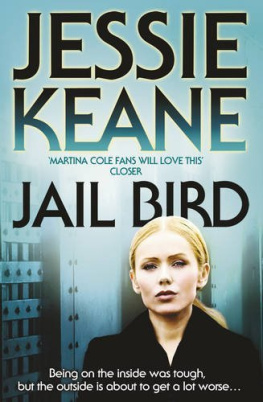The story of Kilmainham Jail Museum in Dublin, from 1796 to the twenty-first century, from a place of suffering and incarceration to one of learning and remembrance
Dedicated to the memory of
Sean Eoghan OSuileabhain and
Margaret McLean OSullivan
We hebben het toch samen gedaan
And to little Bridget Gallagher
who left Achill for Cleveland, Ohio, in 1882
C ONTENTS
For many people Kilmainham Jail is a place of deprivation, punishment and torture. For those who are interested in the past it is a place where history lives. The author of this book, Niamh OSullivan, was tutored within the walls of this place during three decades.
Every Dark Hour is a book that has been in production for twenty-five years; as archivist in Kilmainham Jail the author knows her source material intimately. She cleverly weaves the complex story of Irelands history from the 1790s to the 1920s with stories, letters and documentation from inmates and jailors. OSullivan has opted not to use academic referencing in her book, but it will be of use to scholars, for the sources are contained within Kilmainham Jails archive. The archivist as author took the deliberate decision not to break the rhythm of the read, and in doing so is re-creating the way one is guided through the jail. You trust in your guide, your storyteller, your keeper of the nations memory, that what you are told is the truth, with the unspoken understanding that history is ever changing, reinterpreted and reassessed. This is the oral transfer of knowledge as it has been done for generations, before we had schools of history and a formalisation of history as a discipline.
The Irish people for centuries have told their history orally, especially the illiterate poor; they told of their heroes in battle, they sang of emigration , of imprisonment and loss. They huddled around fires and told of mighty deeds and failed rebellions. They never forgot. Today in the Ireland of the new millennium, school history books are a broad sweeping look at history from the prehistoric to modern times, soundbites of information ranging from the local to the international. By linking the story to a place OSullivan manages to use the jail as a transporter to long ago, thus overcoming the difficulty in this modern age of touching readers , making them feel that the people of the past actually lived. Here you will read of poignant stories of love, loss, death, cruelty and neglect that happened within the walls of one building. You will read of ordinary people , of the rank and file, and of high-ranking revolutionaries.
Niamh OSullivan came to work in Kilmainham Jail when it was still run by voluntary workers, the Kilmainham Jail Restoration Society, who had saved the building from destruction in the 1960s. She gave her time freely, worked for nothing simply because she believed that Irelands revolutionary story should be told. She worked as a guide through the 1980s when Kilmainham Jail was a place of unspoken controversy. Telling Irish history and telling the truth without rancour to a mixed audience of tourists, activists, history graduates and schoolchildren is an art form. It was a diplomatic tightrope that she walked, guiding people through a building that told the story of freedom fighters when war still raged in the northern section of the island, and Nelson Mandela was still imprisoned on Robben Island.
OSullivan demonstrates through this book that history is personal. The mix of the personal and the historical is important: to see history simply as a series of facts is to lose something in the telling. The writer is informed by her own unique background: her American father, and the fact that she spent part of her childhood and received her formative education in Holland. In this she follows in the tradition of historians such as Calton Younger, who was the first to write on the Irish Civil War. Her own life experience, rather than academic accreditation in Irish history, gives her an ability to tell this story, and gives her a reinforced sense of identity with Ireland. She understands that knowing ones history is vital to the psyche of the nation, and that, with a multicultural background, one has a unique sense of being Irish.
This is Niamh OSullivans first commercially published book, but it is not the first time her voice has been heard: she has been filmed talking about the jail for countless television programmes and has contributed to numerous radio programmes on the jails history. In fact, as a guide, she has already told this story to a worldwide audience of over 100,000 people. Following one of Niamhs radio interviews, when she recounted the 1916 Rising as if she had seen it, and not read of it in books, a caller rang the radio station and said that Niamh should be bottled and sent to every school in the country. Sadly that is not possible, so instead read in these pages her words, and gain something of the magic she sees and feels in Irelands history. Perhaps youll never hear her speak, or visit Kilmainham Jail, but contained within these pages is a virtual tour: Irish history told in the context of what was Irelands foremost political prison for over two centuries.
Sinad McCoole
June 2007
This book was more than a thought-process for considerable time and I am indebted to many people who may not even realise it. My thanks to all I met on my twenty-five-year journey through Kilmainham, including the staff of the National Museum of Ireland and the Military Archives, who were always involved and helpful. However, the book would be forgotten on a shelf were it not for the encouragement of two special people, Mary Kirwan and Sharon Kelly; to you, my sincere thanks.
My deepest gratitude for the sheer generosity of spirit of those whose research assisted me greatly: Phyl Mason, Gavan Woods, Paul Turnell, Sean Browne, Marie Sheahan for her family history, Sally Smyth for sharing her artist-in-residence year, Louise OHanrahan, who started with me in the Kilmainham Archives in 1992, and Sinad McCoole, for so many things, including a gentle yet firm introduction to our women prisoners. Thanks also to Niall Bergin for all his assistance. The support of many friends has made a huge difference: Eileen Leonard, Ann-Marie Smith, Ciaran Barry, Elizabeth Carey, Deirdre Connolly, Tony Mahon, Nesta Nolan, Gillian Mullen, Margaret Roche, Kevin OByrne, Eabhan Ni Shuileabhain, Gwyn Parry, Ronan and Clare OSullivan, Catherine Gallagher, Catherine Nolan, Angela and Terry OBrien, Ettie Pooler, Mary V. Johnston, and my family in Ireland and in America. Recalling collectively the many guides who told Kilmainhams story with me for the past twenty-five years, I fear to name you in case I forget someone. To all of you who were captivated by the old jail, thank you for your friendship and the hours of arguing and laughing in our canteen cell. My near-quarter -century in jail was immensely cheered by Tommy Halton, Kathleen (Kay) Salinger and Lynn and Betty Sheerin.
Pat Cooke, former Curator of Kilmainham, for twenty years of teaching, encouragement and animated discussions, thank you. I am also grateful to Professor Kevin Whelan of the Keough-Naughton Notre Dame Centre for his generous support of me during my time in Kilmainham. Pat McBride of The Paper Conservation Studio was always at the end of the phone with welcome advice and suggestions.
To all the Kilmainham relatives, our mainstay, who visit the jail with what can only be called family treasures, my thanks cannot begin to suffice , especially today, when historical material is fetching such incredible prices at auction. The jail itself is aware of its debt to you all. Your kindness in allowing us to look after and use your precious material is most gratefully accepted and appreciated. Thanks to all of you who permitted me to tell your stories here. To everyone who ever worked with the Kilmainham Jail Restoration Society, quite simply, you gave us back Kilmainham.




